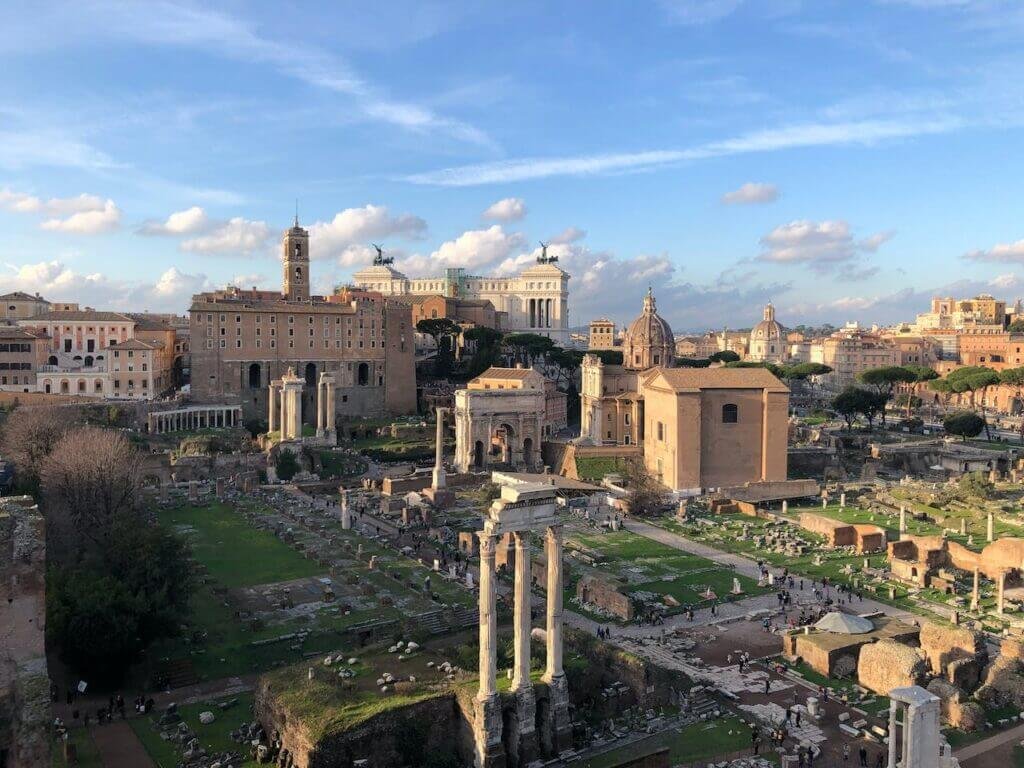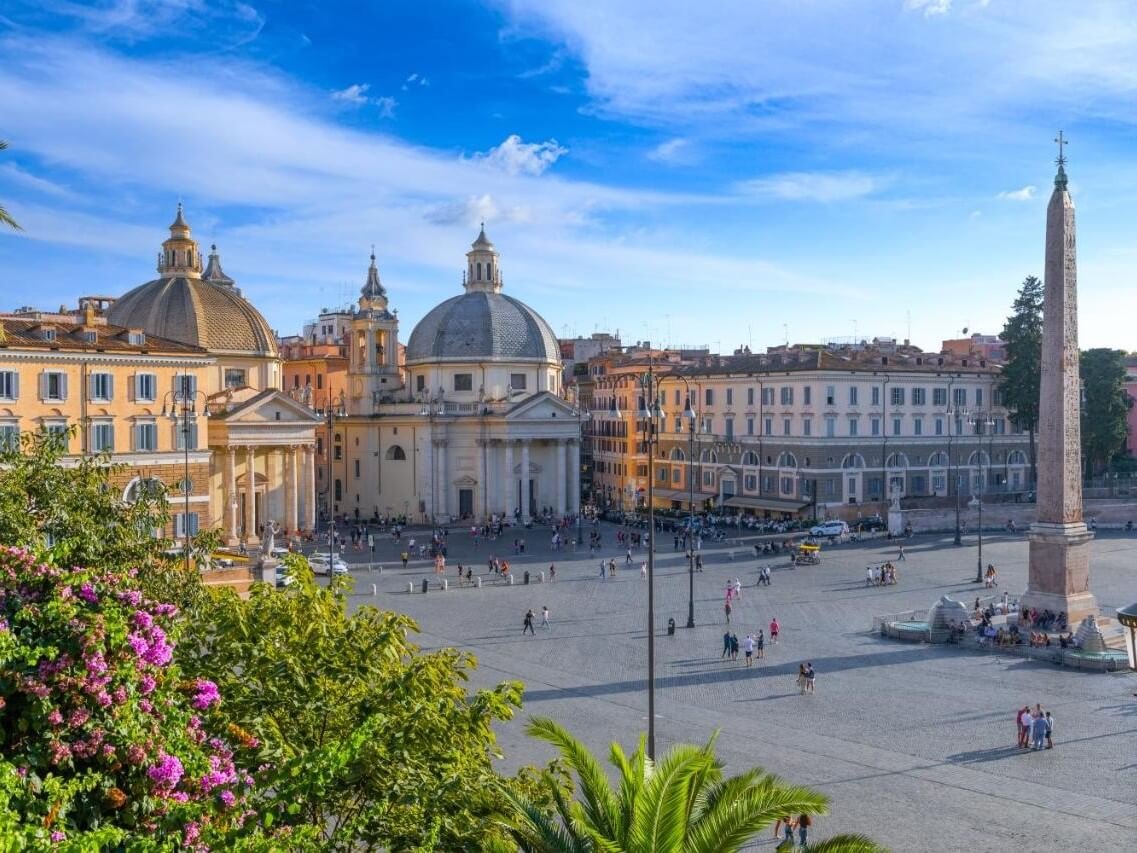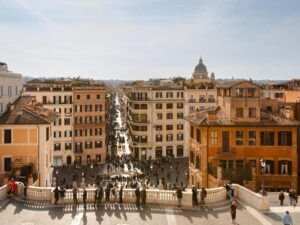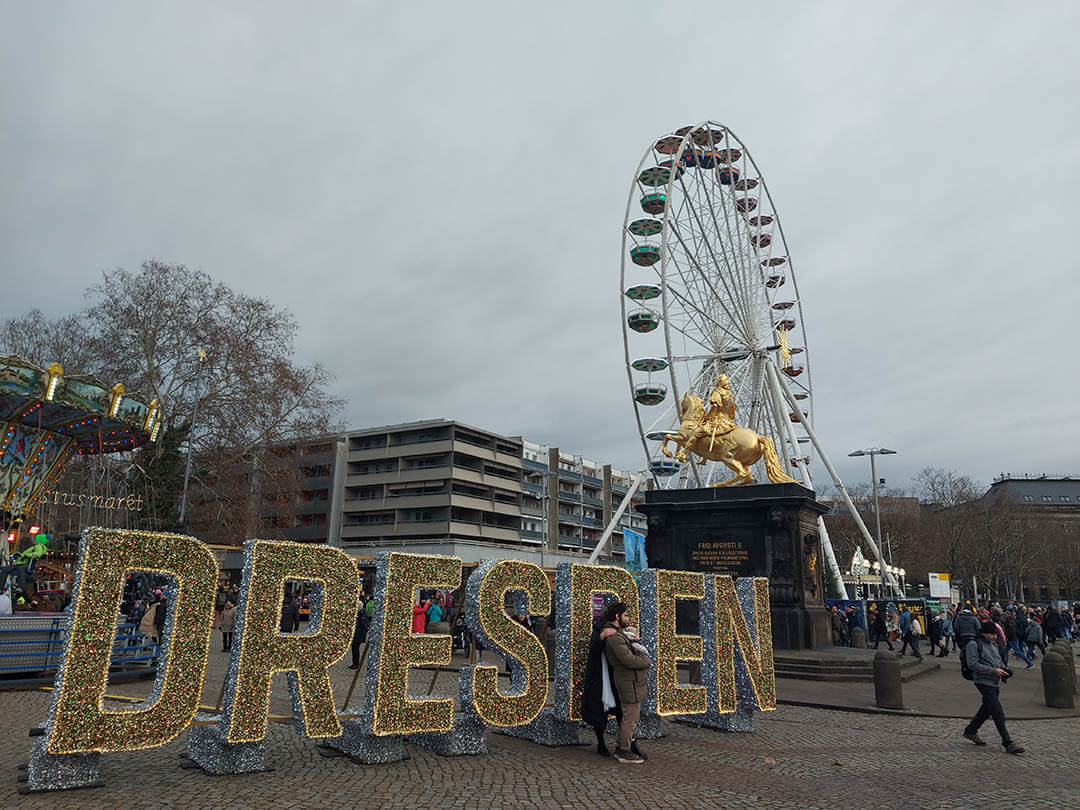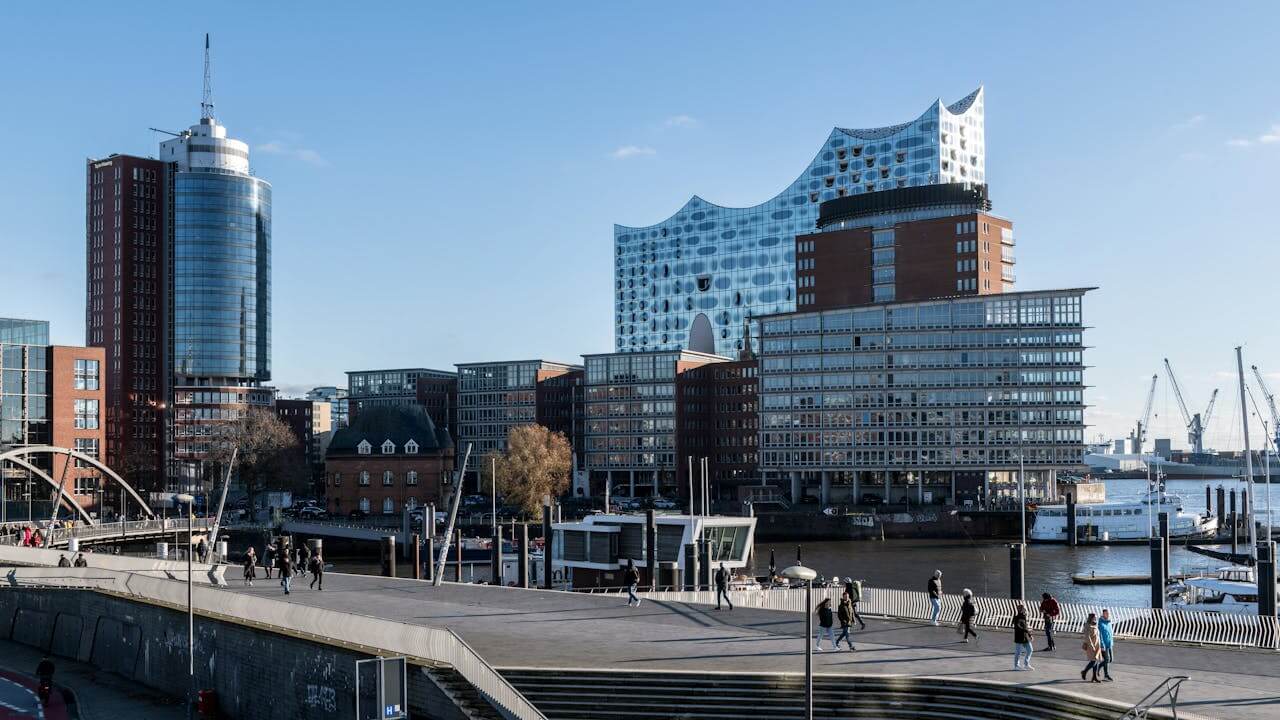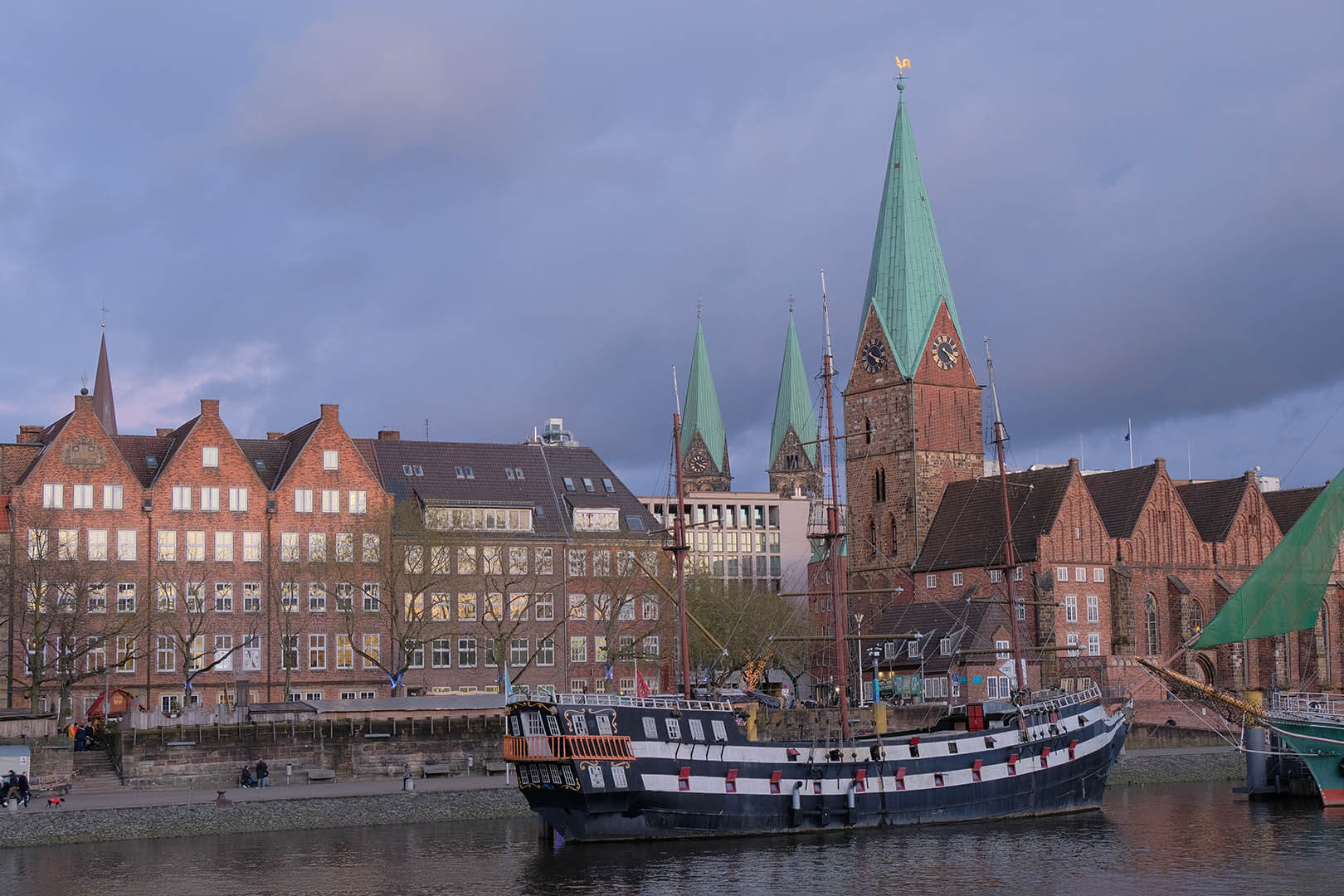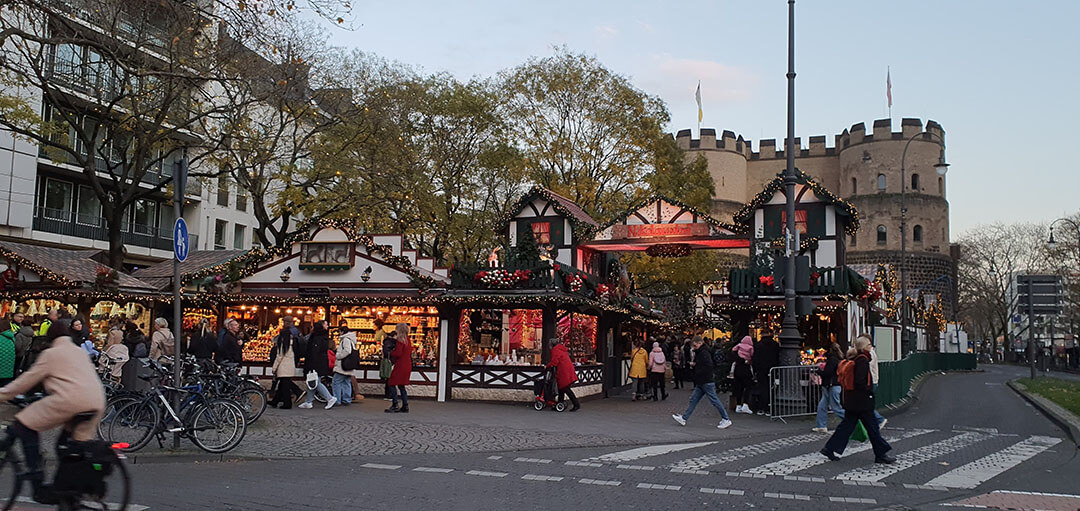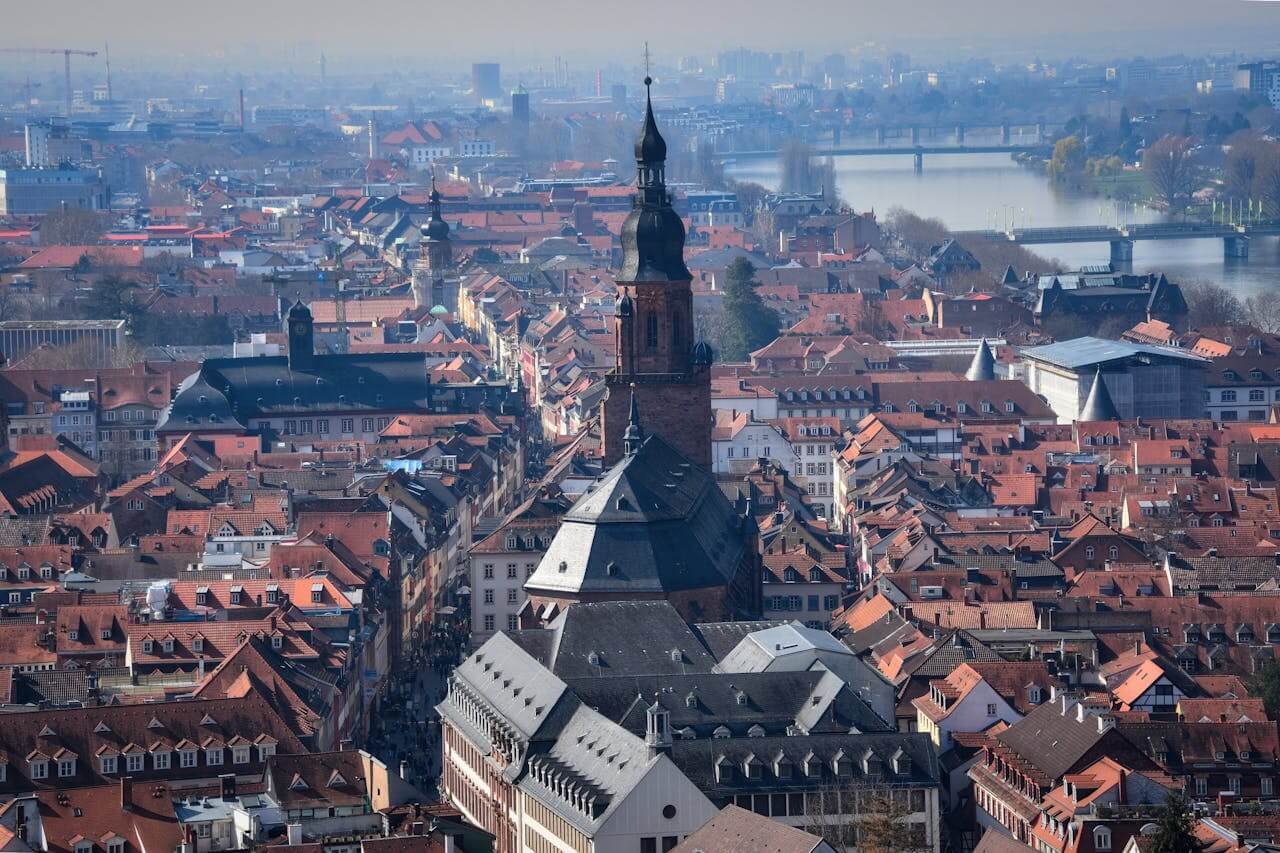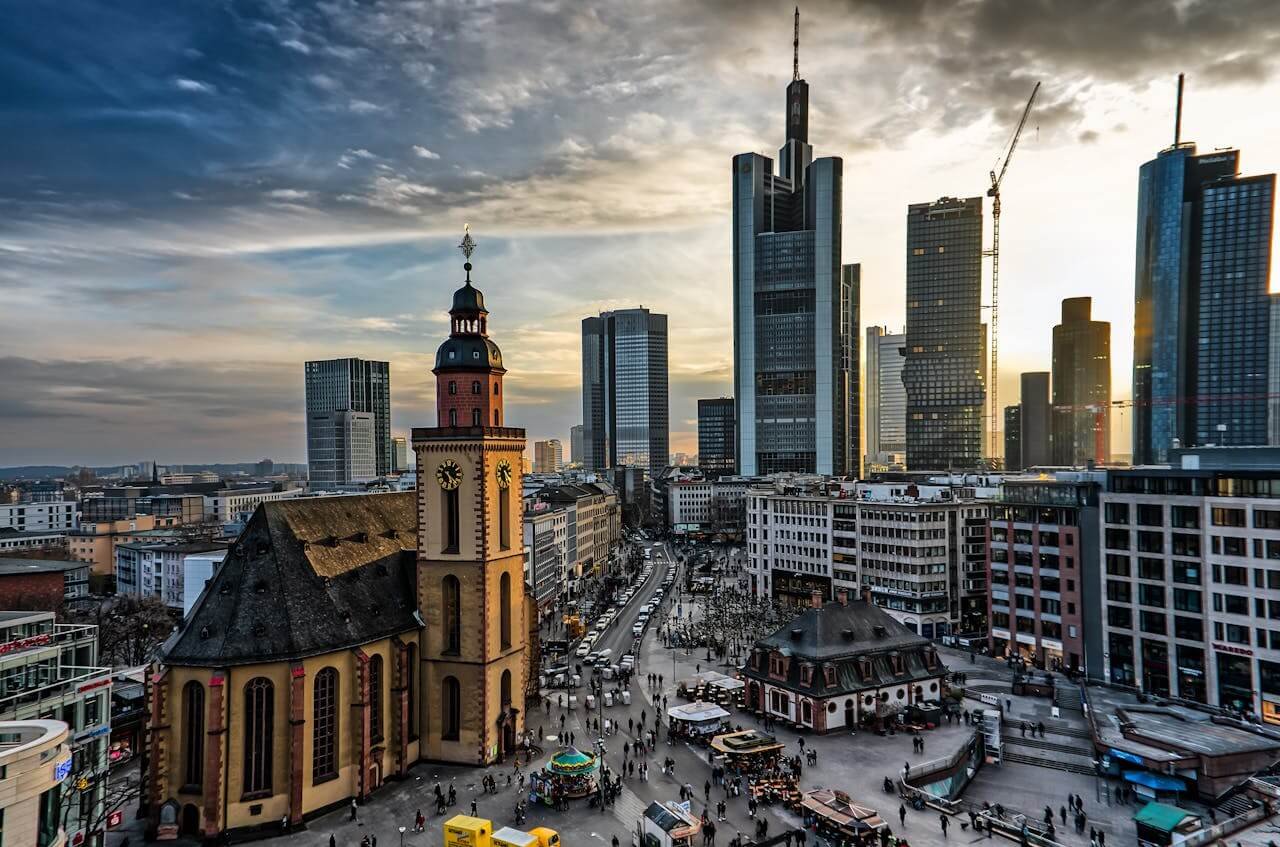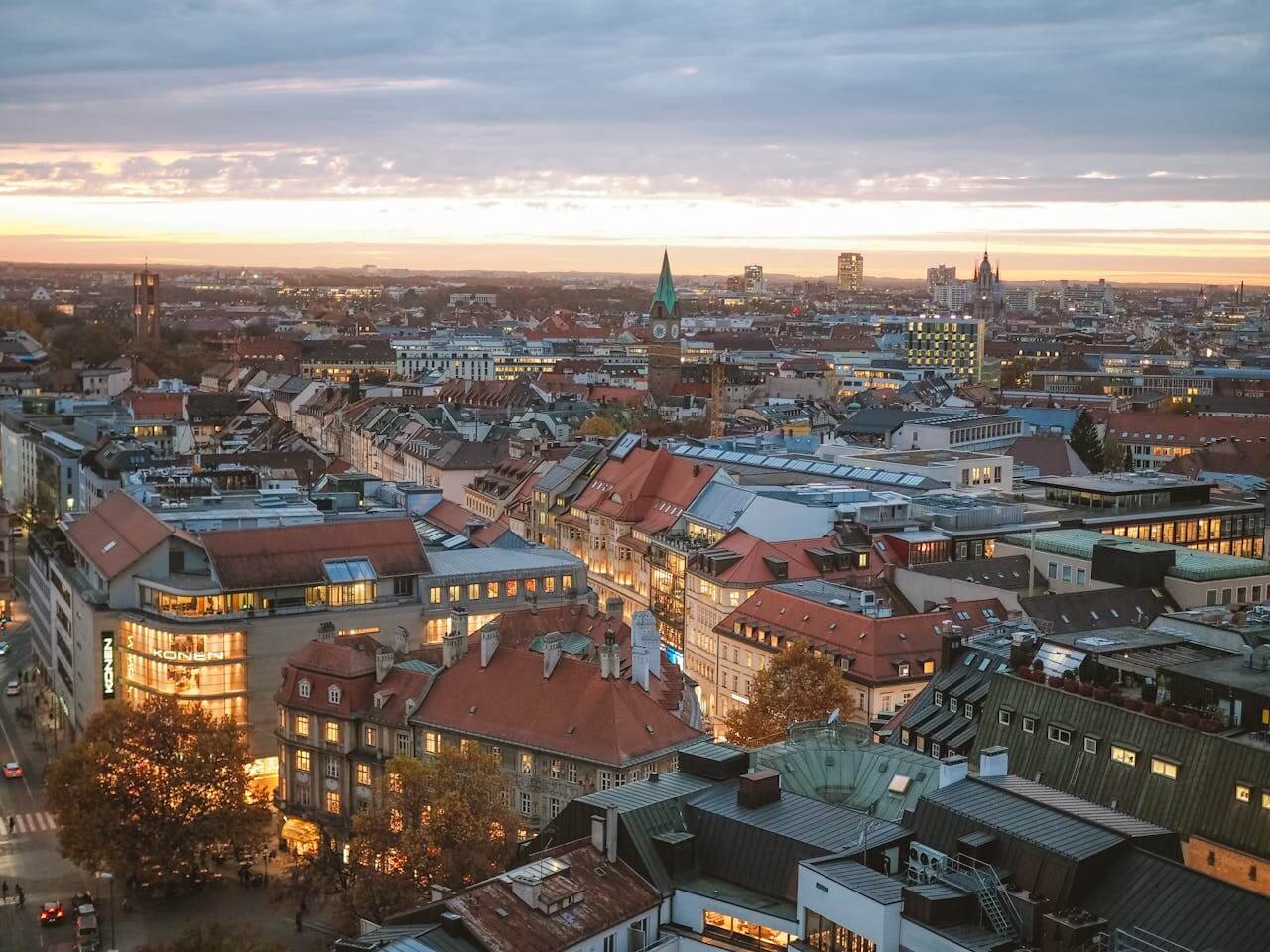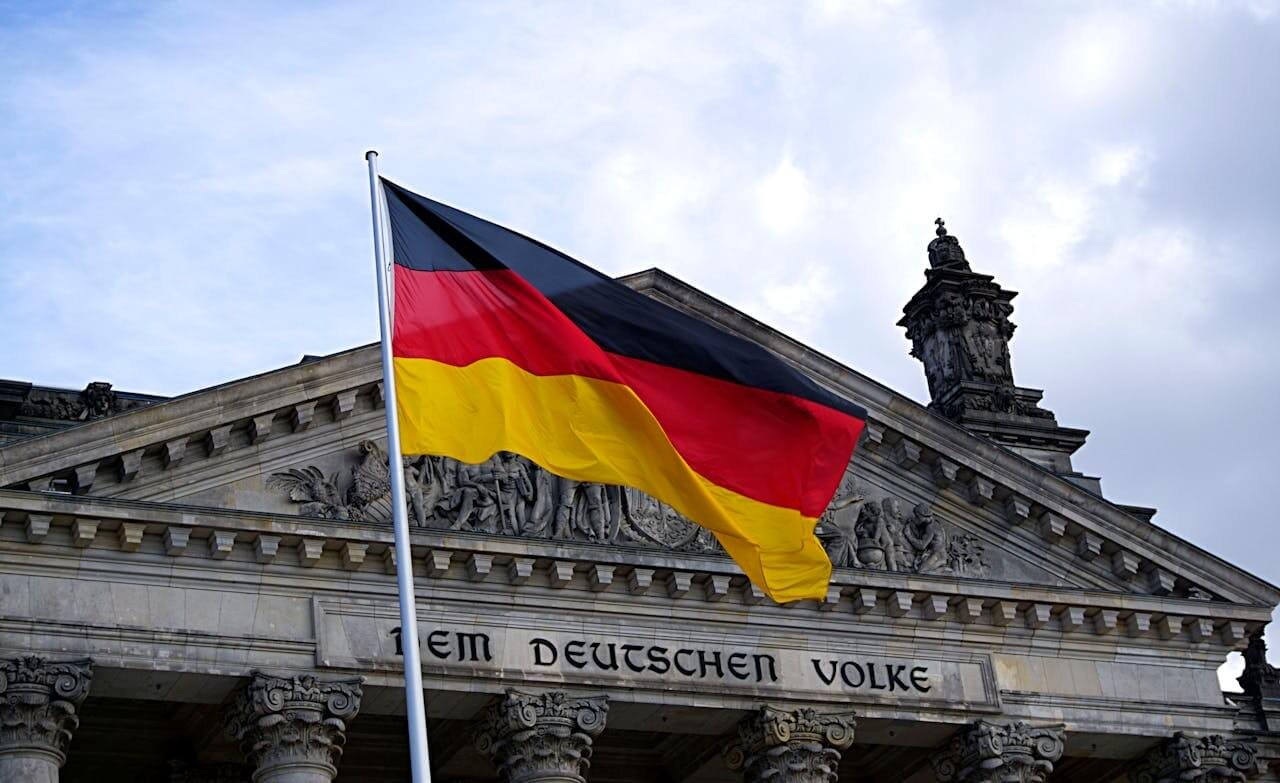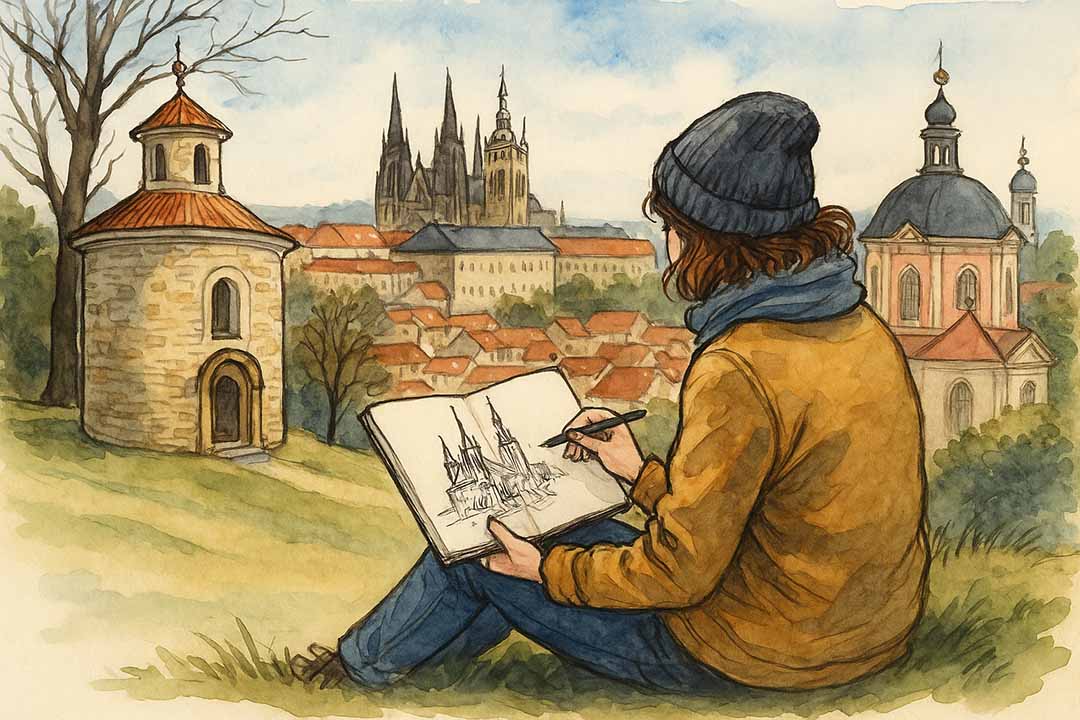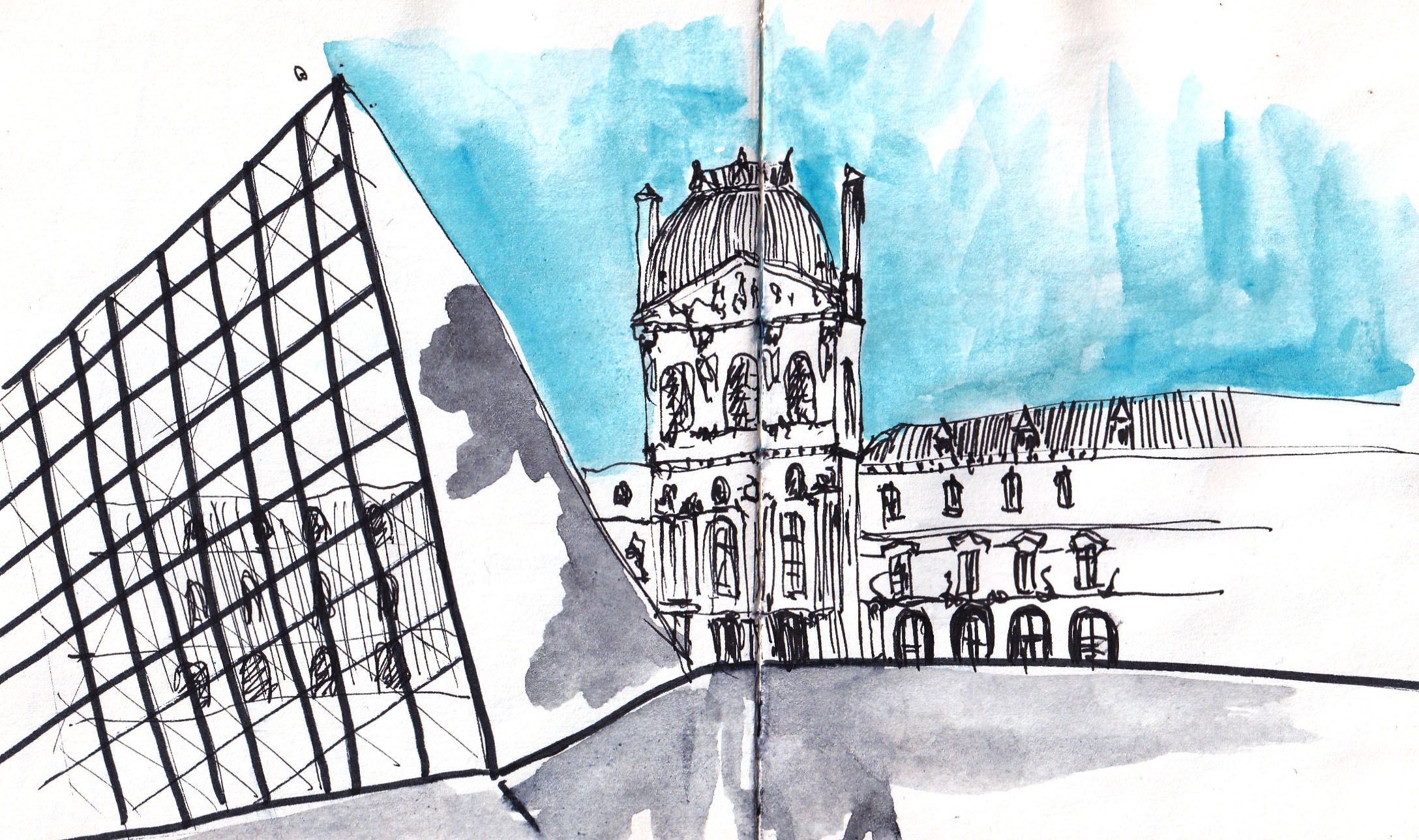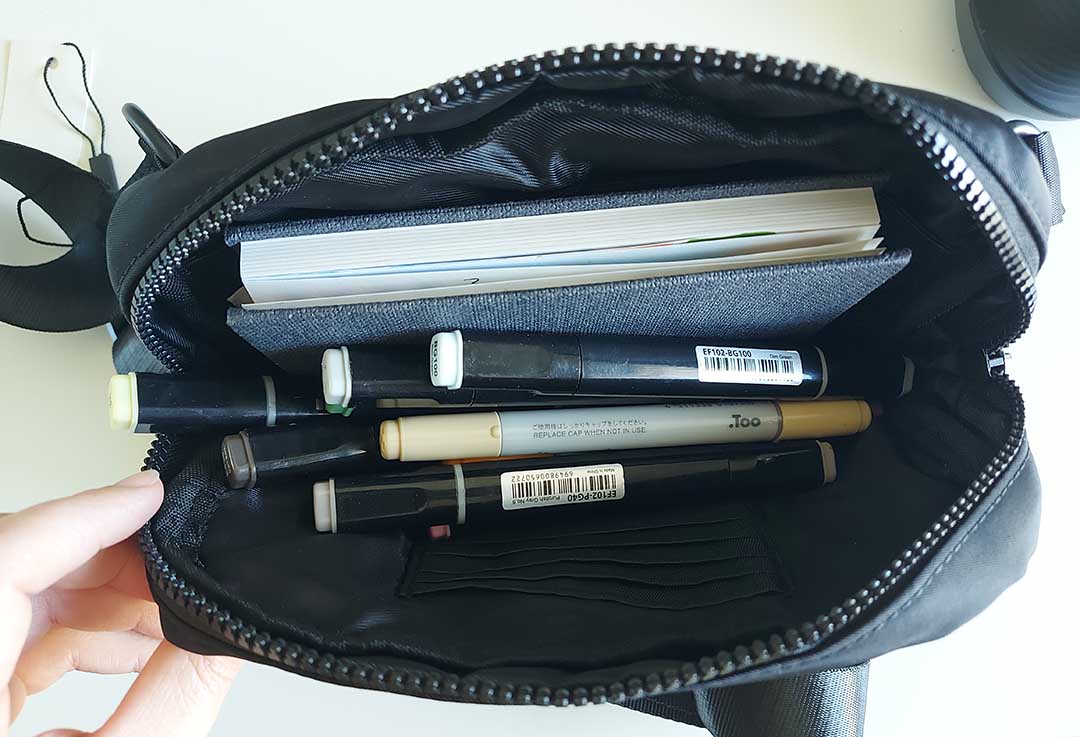The Roman Forum, often referred to as the “Heart of Ancient Rome,” is a captivating archaeological treasure. This historic site serves as a sneak peek into the greatness and complexities of the Roman Empire. Once a bustling center of political, religious, and social life, the Forum is now an open-air museum, where time seems to stand still. Its ancient ruins, majestic temples, and grandiose arches tell the compelling story of a civilization that left an indelible mark on the world. In the Roman Forum you have a lot of things to see, but which ones should pay your attention? I will describe them below.
If this is your first time, I highly recommend to take 2.5 hour guided tour that will take you to Roman Forum, Coliseum and Palatine Hill, it includes “skip the line tickets” as well.
Temple of Antoninus and Faustina
The Temple of Antoninus and Faustina was constructed in 141 AD in honor of Emperor Antoninus Pius and his deified wife, Faustina. This well-preserved ancient monument boasts impressive Corinthian columns and has served various purposes throughout its history, including being transformed into a Christian church. Today, it stands as a testament to Roman architectural boldness and provides a glimpse into the interplay of religion, politics, and art in ancient Rome.
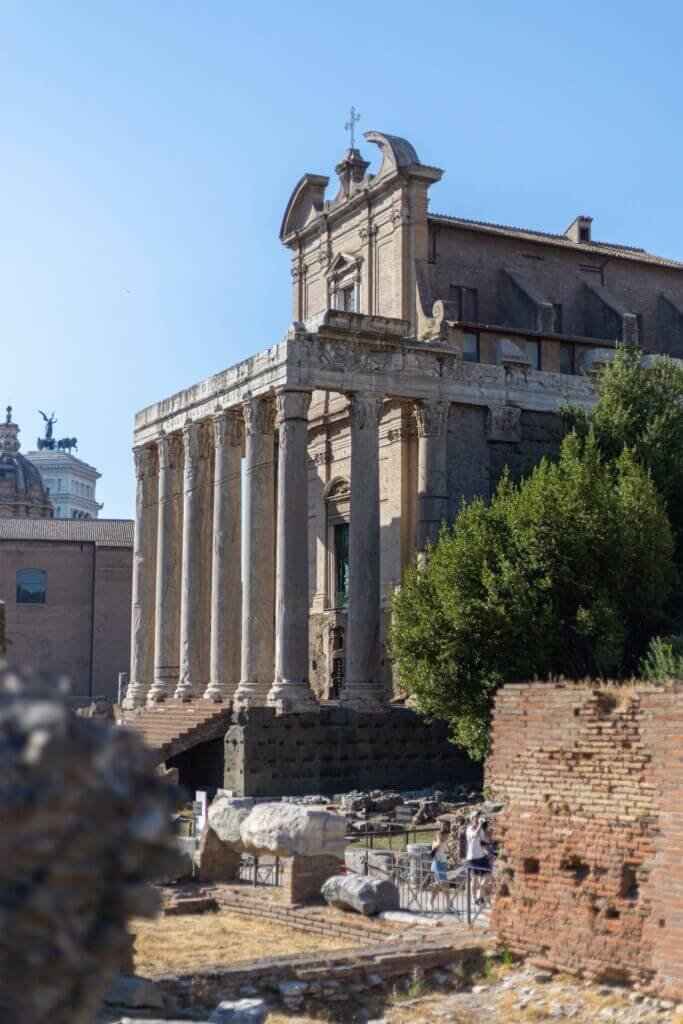
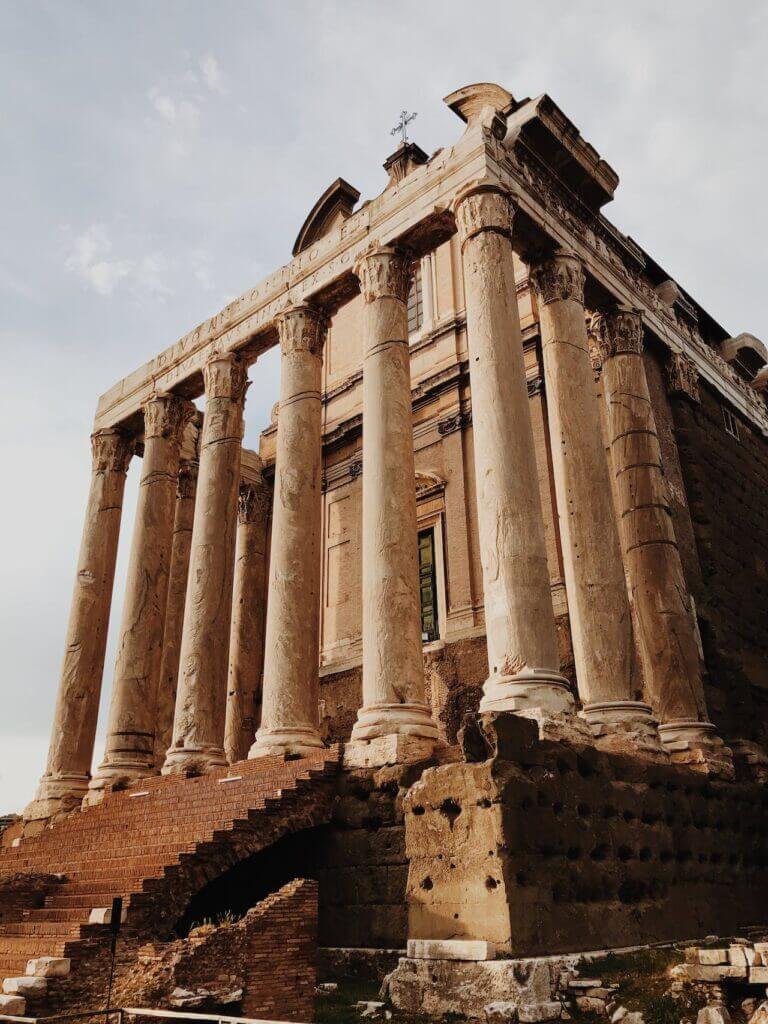
Temple of Castor and Pollux
The Temple of Castor and Pollux is a striking testament to ancient Roman architecture and mythology. Dating back to the 5th century BC, this temple was dedicated to the twin brothers Castor and Pollux, revered as protective deities of Rome. Although only three Corinthian columns remain standing today, these columns still command attention and evoke the greatness of Rome’s past. The three distinctive columns of the temple are popularly known as the “Three Sisters”.
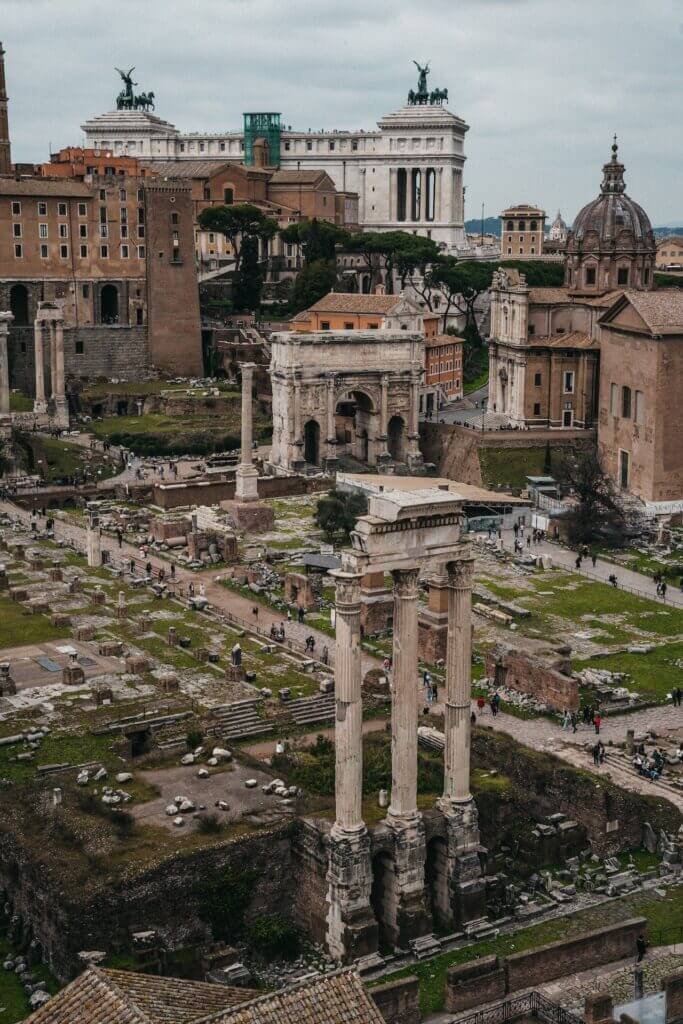
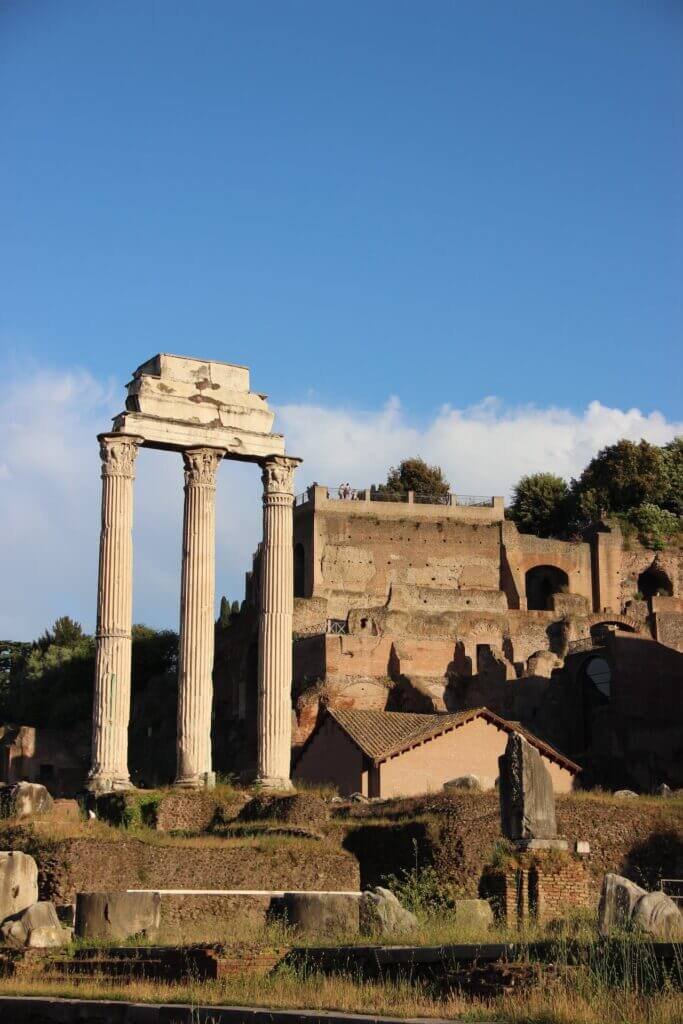
Temple of Saturn
The Temple of Saturn bears witness to the legacy of ancient Rome. This temple, originally built in the 5th century BC and later reconstructed. It was dedicated to Saturn, the Roman god of agriculture and wealth. Its impressive remains include eight massive ionic columns. The temple’s historical significance is underscored by its role as the repository for the state treasury and the site where the annual Saturnalia festival, a time of feasting and merriment, was celebrated. Near the temple is located a fragment of the Miliarium Aureum (Golden Milestone), which was the starting point of the Via Sacra (Sacred Road). The distance from Rome to the various provinces of the empire was inscribed on the stone in gold numbers.
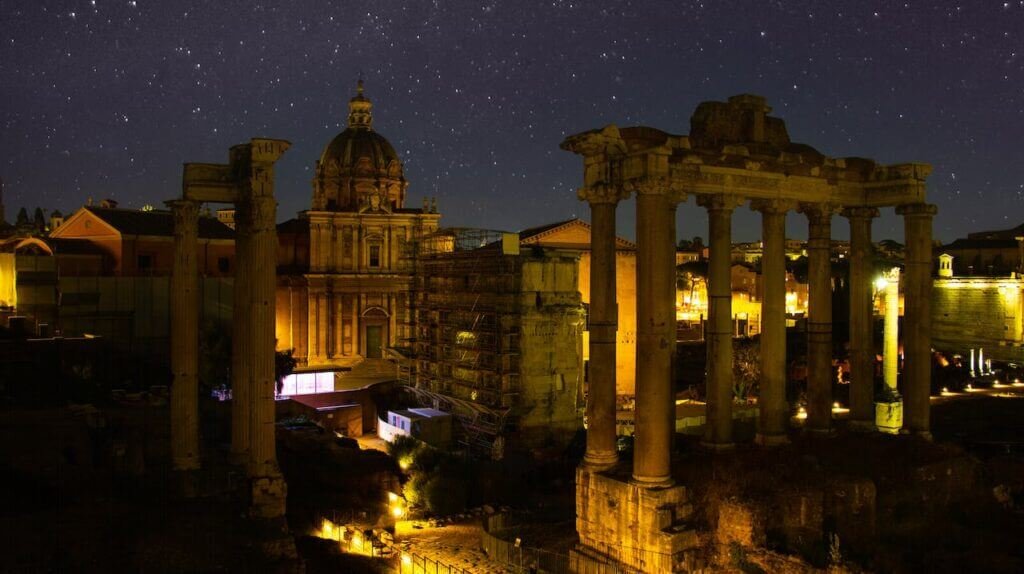
Arch of Septimius Severus
The Arch of Septimius Severus is a majestic triumphal arch that serves as a powerful symbol of imperial glory and military power. Constructed in AD 203 to commemorate the victories of Emperor Septimius Severus and his sons in various wars. This imposing structure stands as a testament to the grandeur of Roman architecture and the force of the Roman Empire. Its complex reliefs and engravings narrate the military achievements and campaigns of the Severan dynasty.
The arch was considered as Umbilicus Urbis (Navel of the City of Rome) the center of Rome from which measured the distances to different places.
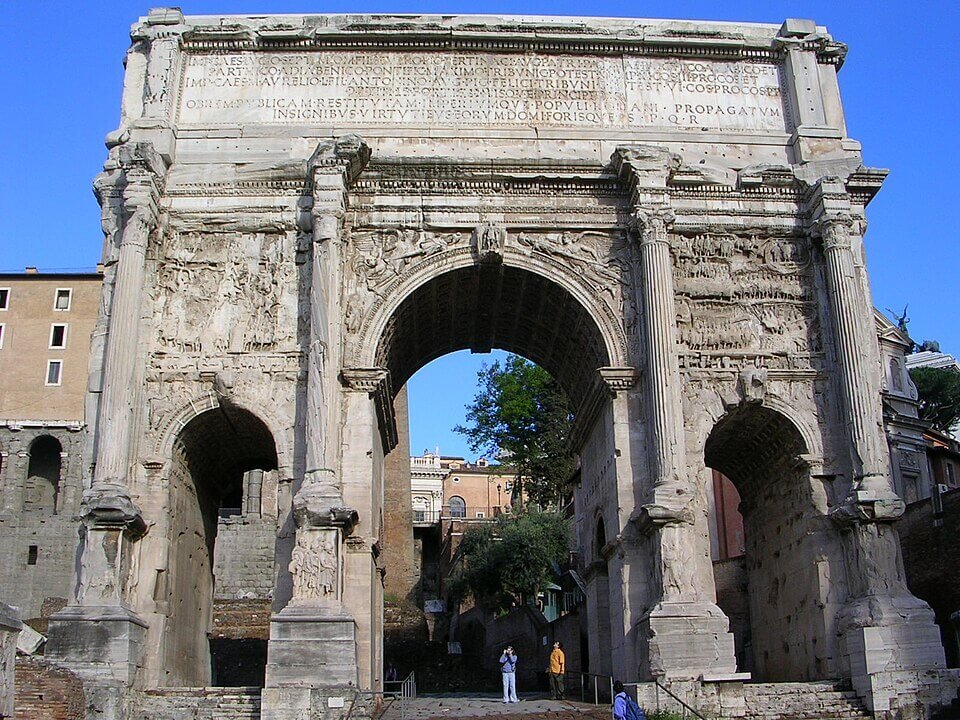
Curia Julia
Curia Julia is a symbol of Roman governance and politics. Serving as the Senate House of ancient Rome, this historic structure has seen centuries of political debates and decision-making. While much of it has been reconstructed over time, its significance remains undeniable. It was within these walls that senators of the Roman Republic and later the Roman Empire gathered to discuss matters of state, shaping the course of history. Nowadays Curia Julia is used for special exhibitions.
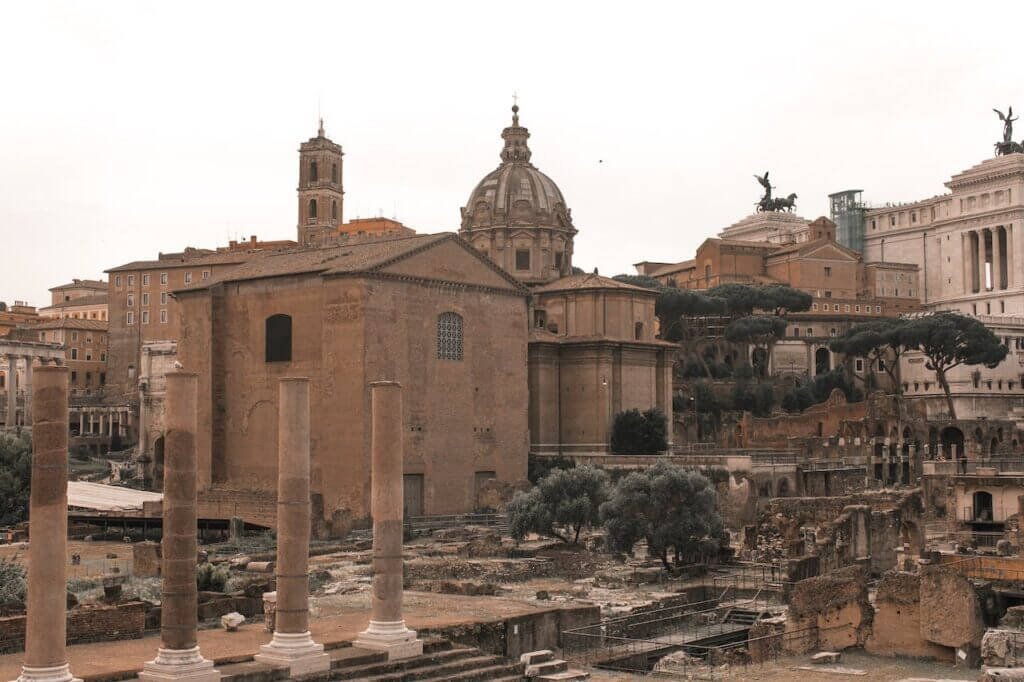
Temple of Vesta
The Temple of Vesta holds a sacred and symbolic place in ancient Roman religion. This circular temple was dedicated to the goddess Vesta, guardian of the sacred hearth and the eternal flame that was crucial for the continuity of Rome. It was the domain of the Vestal Virgins, priestesses who tended the flame and performed important religious rites. The temple’s circular design and ionic columns have made it a lasting symbol of Roman architectural and religious heritage. Though much of the original structure is gone, the Temple of Vesta stands as a poignant reminder of the central role that religion played in the daily lives and longevity of the Roman state.
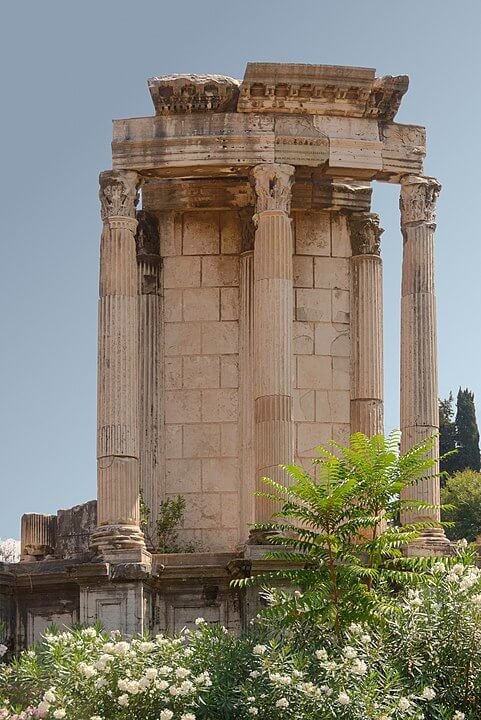
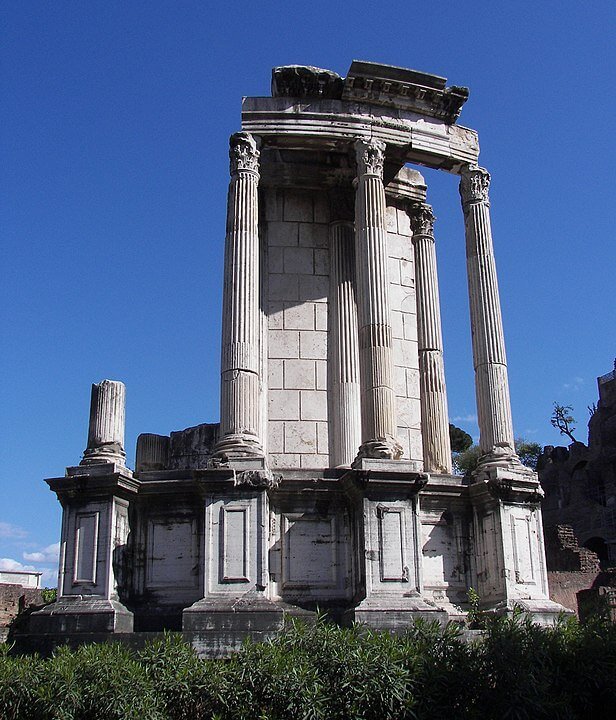
House of the Vestal Virgins
The House of the Vestal Virgins served as the residence for the Vestal Virgins. They were a select group of priestesses responsible for safeguarding the sacred fire of Vesta, symbolizing the eternal flame of Rome. The House of Vestal Virgins was built by Septimius Severus. From the remains of the foundations you easily recreate the plan of the building in your mind. In the courtyard you can see the sculptures of the main Vestals with inscriptions about their virtues on pedestals.
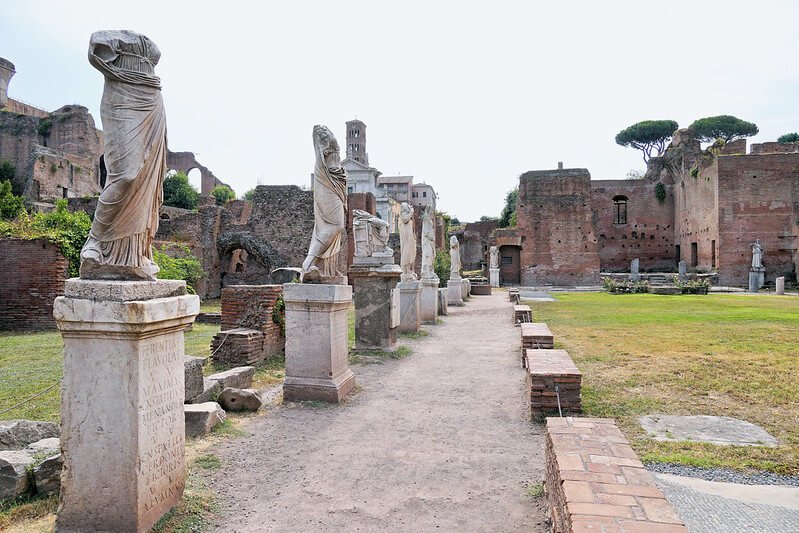
Arch of Titus
The Arch of Titus was erected in AD 81 by the Roman Emperor Domitian to honor his brother Titus and their father Vespasian. This triumphal arch commemorates Titus’ victorious siege of Jerusalem in AD 70, which resulted in the destruction of the Second Temple and the plundering of its treasures. The arch complex reliefs vividly depict scenes from the triumphal procession, including the spoils taken from Jerusalem, most notably the menorah. The Arch of Titus gives us a glimpse into the ancient world and the power dynamics of the Roman Empire.
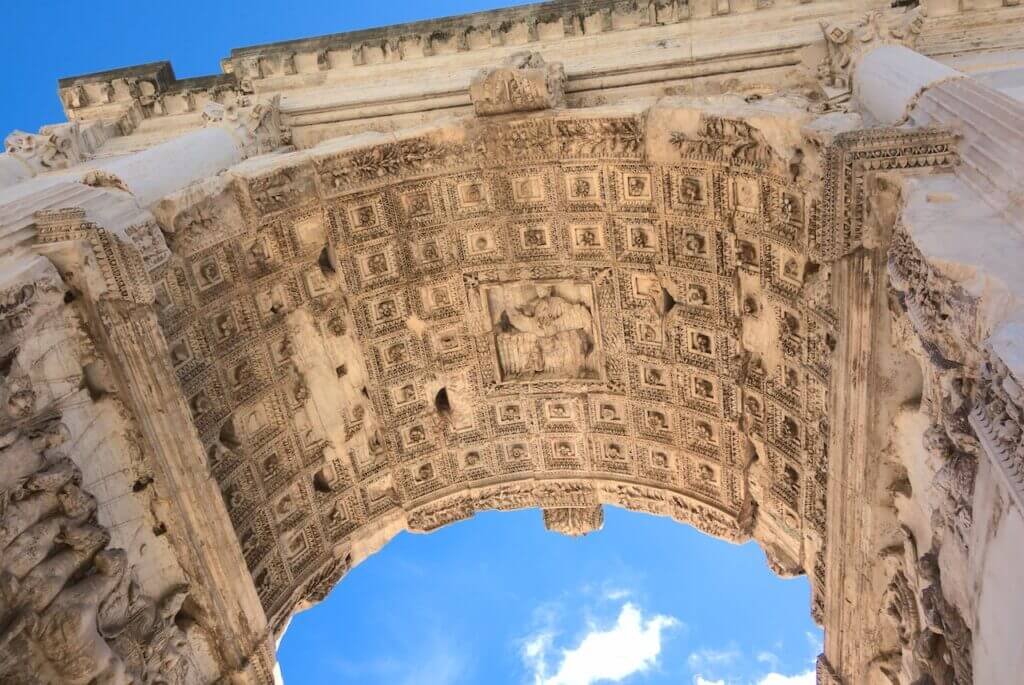
These were the sites I liked the most in the Roman Forum. For sure you should book your ticket ahead. If you are visiting the Roman Forum for the first time, I highly recommend you to use an audio guide or take a guided tour, to learn more about it. Have a nice trip!
Looking for more things to do in Rome? Read my post about the Rome must visit sites.

